1. Superior Oil Absorption
One of the primary reasons talc is cherished in makeup formulations is its exceptional oil-absorbing properties. Talc helps to control excess oil, making it an ideal ingredient for those with oily or combination skin. It ensures that makeup stays matte and fresh throughout the day, preventing the dreaded midday shine.
2. Smooth and Silky Finishing
Talc has a fine, silky texture that contributes to the smooth application and blending of makeup products. This characteristic is particularly important in products like eyeshadows, blushes, and foundations. Talc ensures that these products glide on effortlessly, allowing for seamless blending and a flawless finish.
3. Lightweight Feel
In makeup, achieving a natural, weightless feel is crucial for both comfort and aesthetics. Talc's lightweight nature makes it a perfect choice for products that are meant to feel barely there on the skin. Whether it’s a setting powder, foundation, or pressed powder, talc imparts a light, breathable quality that ensures makeup feels comfortable throughout the day.
4. Affordability and Accessibility
In addition to its remarkable properties, talc is also an affordable ingredient, making it accessible for a wide range of makeup products across different price points. Its cost-effectiveness does not compromise its quality, allowing consumers to enjoy high-performing makeup products without breaking the bank.
Talc Vs. Alternative Ingredients
Talc vs. mica: Mica adds a radiant and light-reflective glow in finishes, perfect for highlighters and eyeshadows, but when used as the main component in a loose powder, it's oil absorption ability is not as strong as talc, it is also shinier in finish than talc. At last, mica is a lot more expensive than talc, it can increase the finished good price by 5-10 USD.
Talc vs. synthetic fluorphlogopite: similar to mica, but cheaper. It's not really a shine-cutting ingredient, but rather a glow-boosting synthetic mica.
Talc vs. cornstarch: cornstarch, while a natural alternative, tends to cake more easily and doesn't absorb oil as effectively as talc because of the bigger particle size. Overall, talc remains the preferred choice for its superior performance and texture.
Asbestos-Free Assurance
One of the concerns surrounding talc in the past has been the potential contamination with asbestos, a harmful substance. However, advancements in safety and quality control have led to the certification of talc as asbestos-free. This certification ensures that talc used in makeup products is safe for consumers. EqualRXN, for instance, has taken significant steps to certify our talc powder as asbestos-free, providing peace of mind to our customers while maintaining the benefits that talc offers.
Asbestos test result from our raw material supplier, we have also conducted another testing on the finished product, and the result is no asbestos found
The fear of talc causing cancer comes from the series of lawsuits against Johnson & Johnson. When talc contains asbestos, it has a higher chance of causing cancer due to asbestos' s structure.
If you take a look at the SEM image of a type of asbestos, its sharp edges can hook into miners’ lung tissues, unable to be excreted from the body, causing long lasting inflammation, leading to potential cancer.
Most commercial talc are asbestos free. The image below is a SEM image of commercial talc and mica (talc on the left). As shown in the image, the edges are smooth, therefore not lodge onto tissues and cause long-term inflammation.
From its superior oil absorption and smooth texture to its lightweight feel and versatility, talc remains a cornerstone of effective and high-quality makeup formulations. With the assurance of being asbestos-free, talc continues to be a safe, reliable, and indispensable ingredient in the world of beauty.




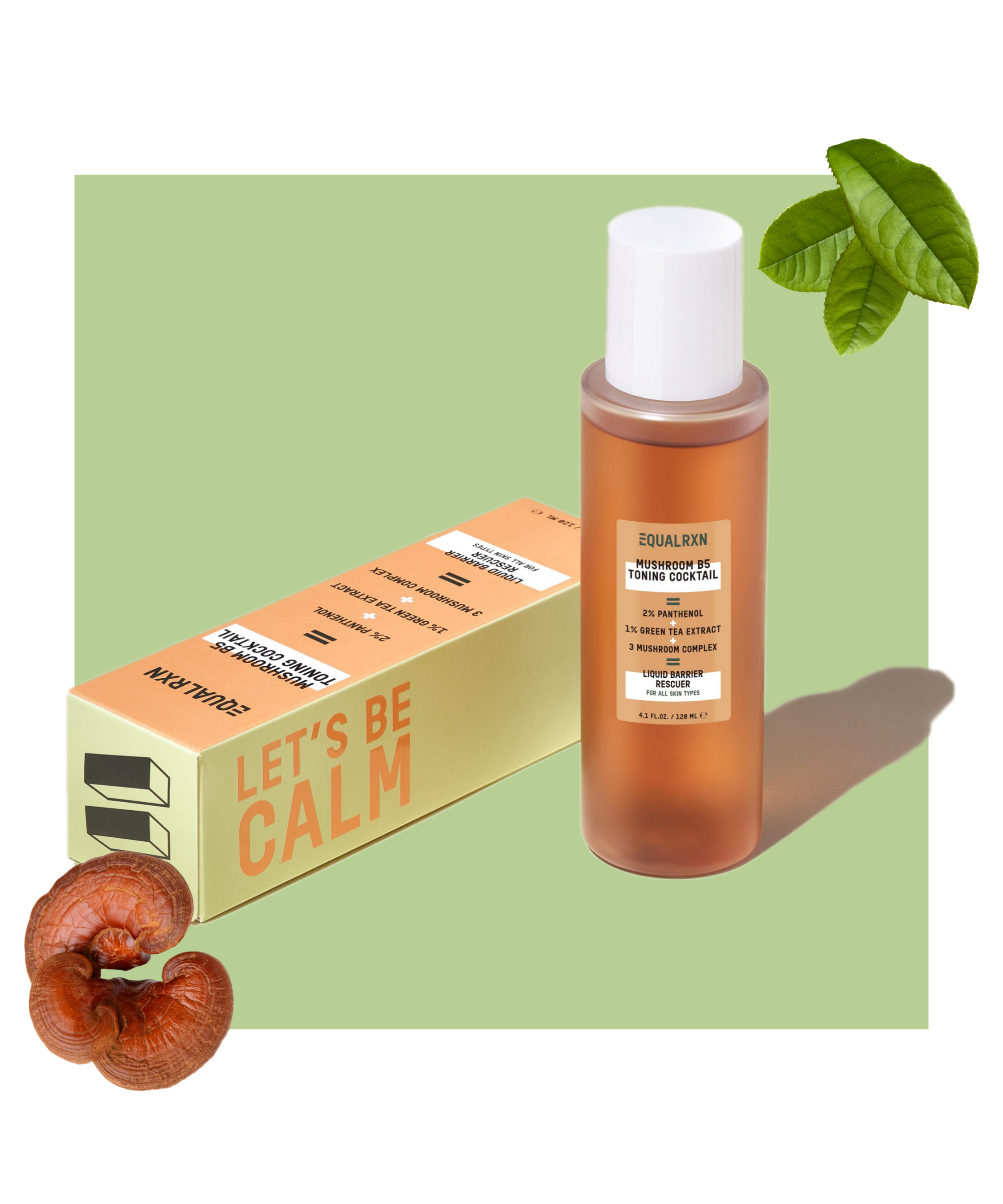
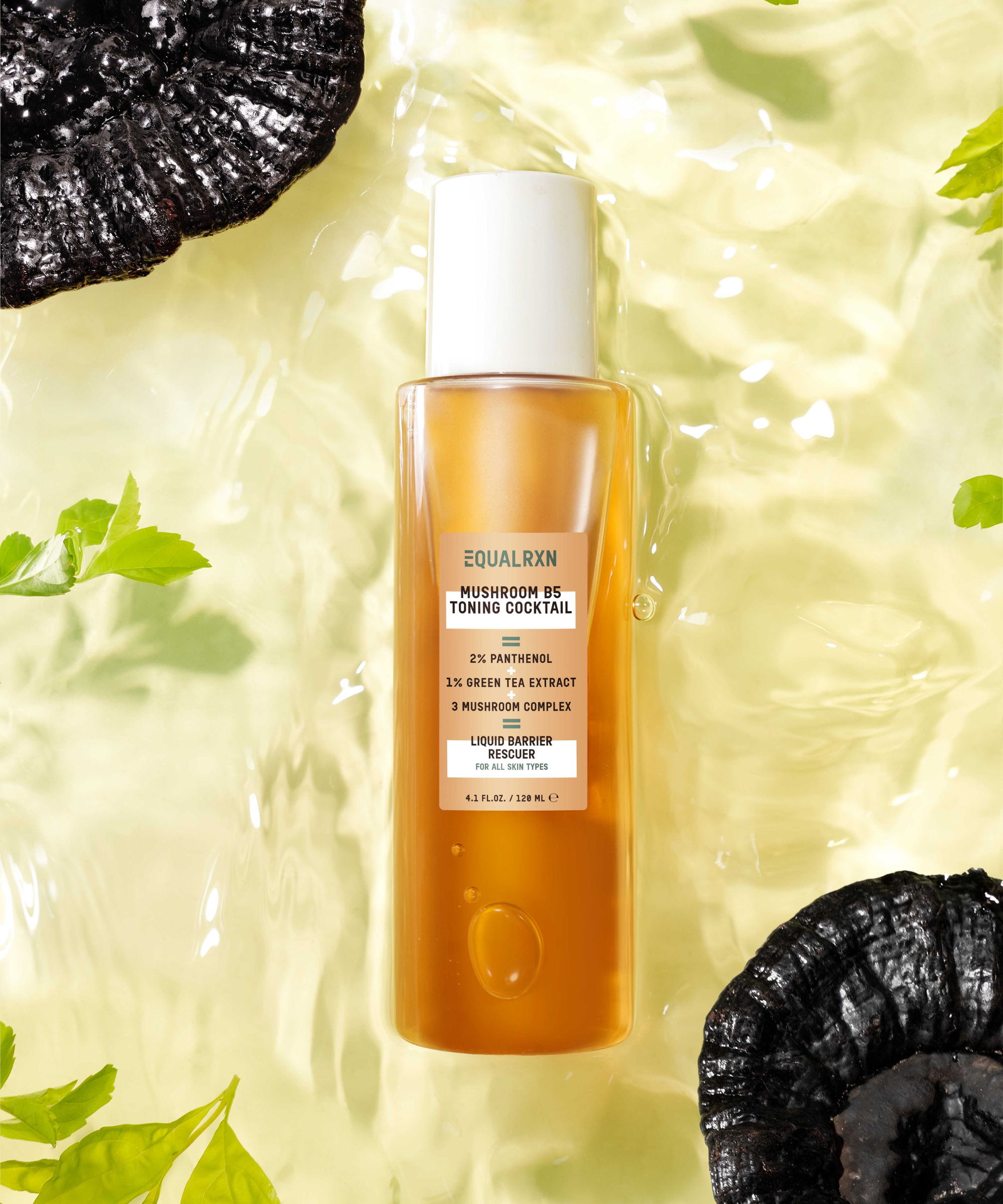
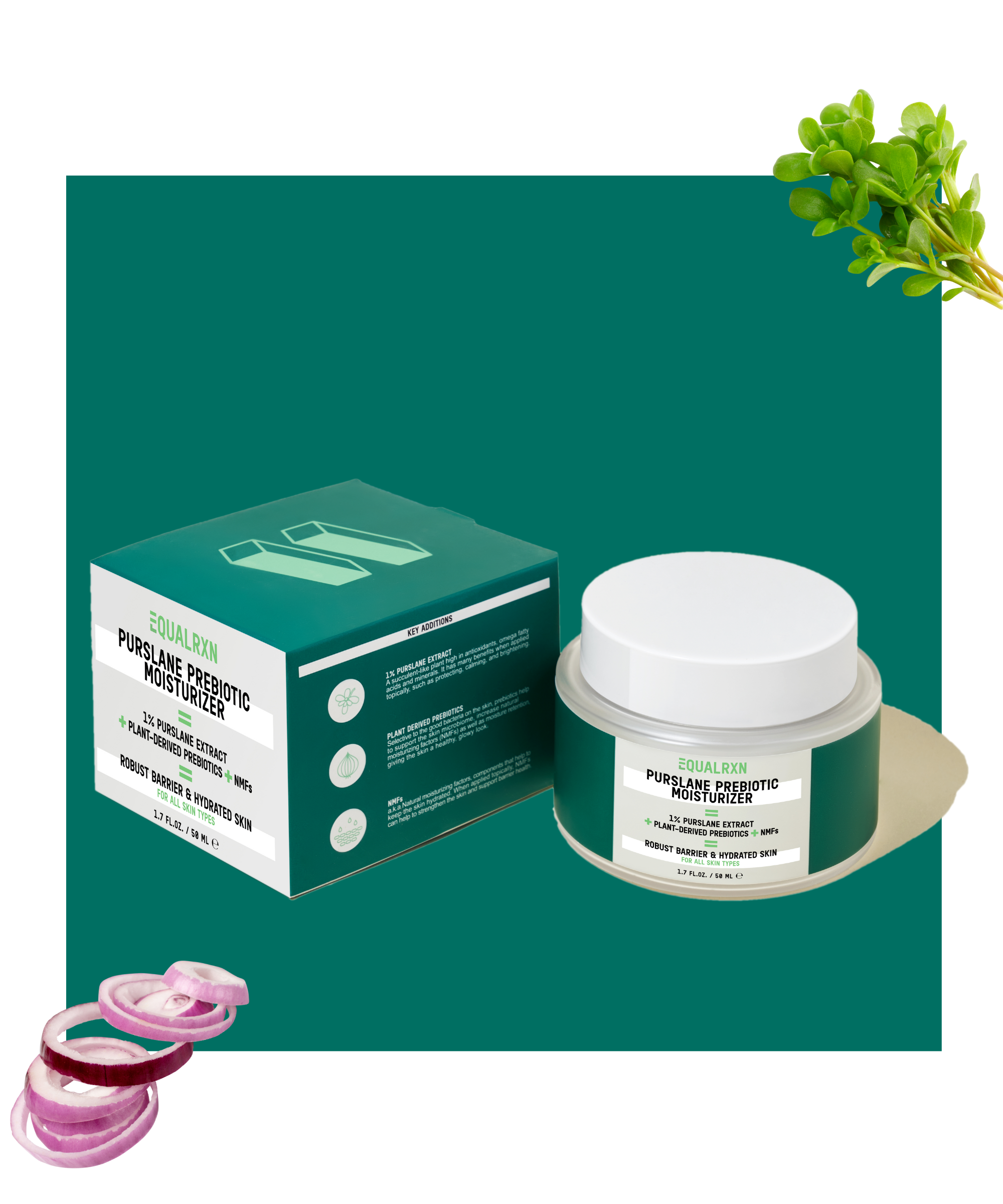
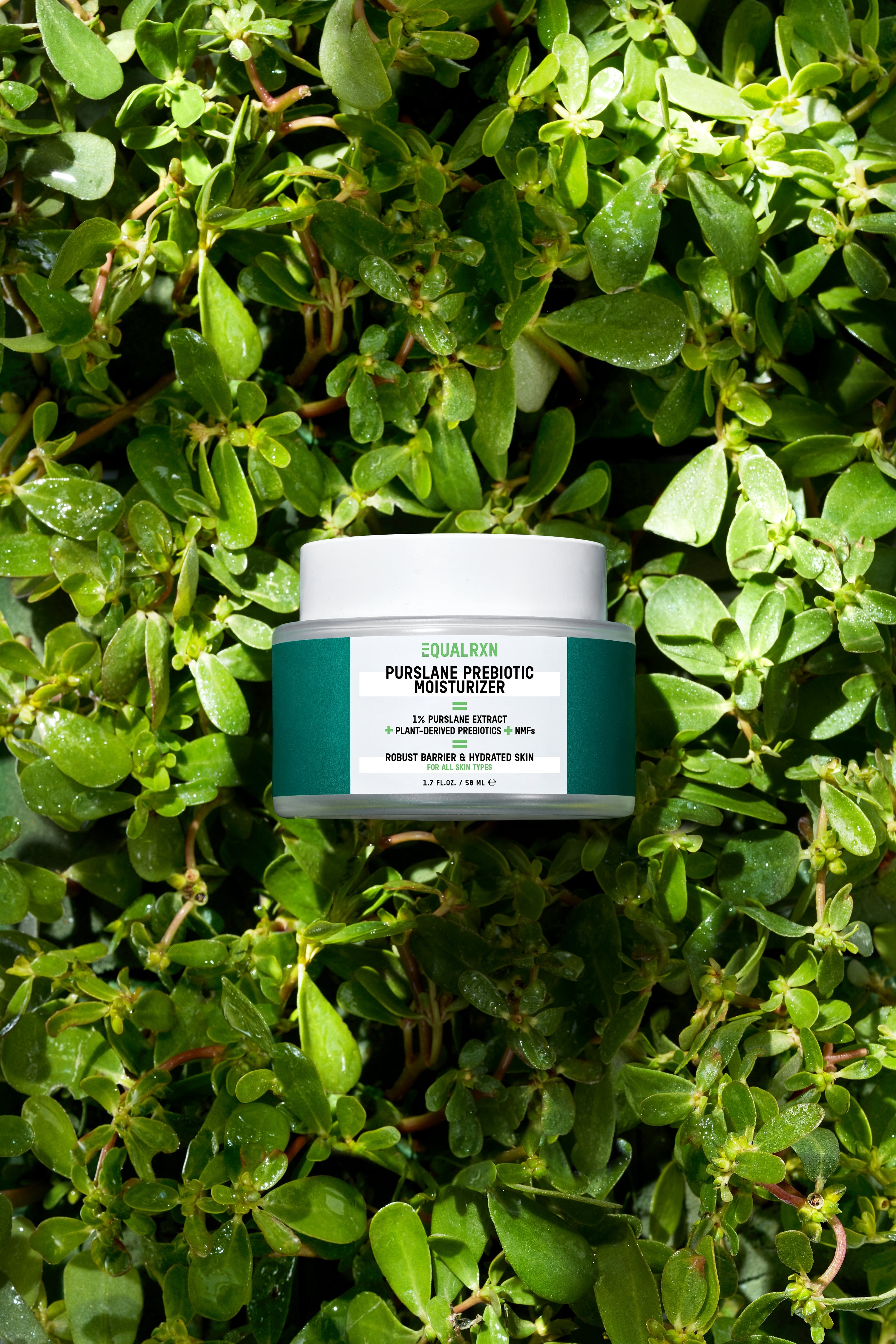
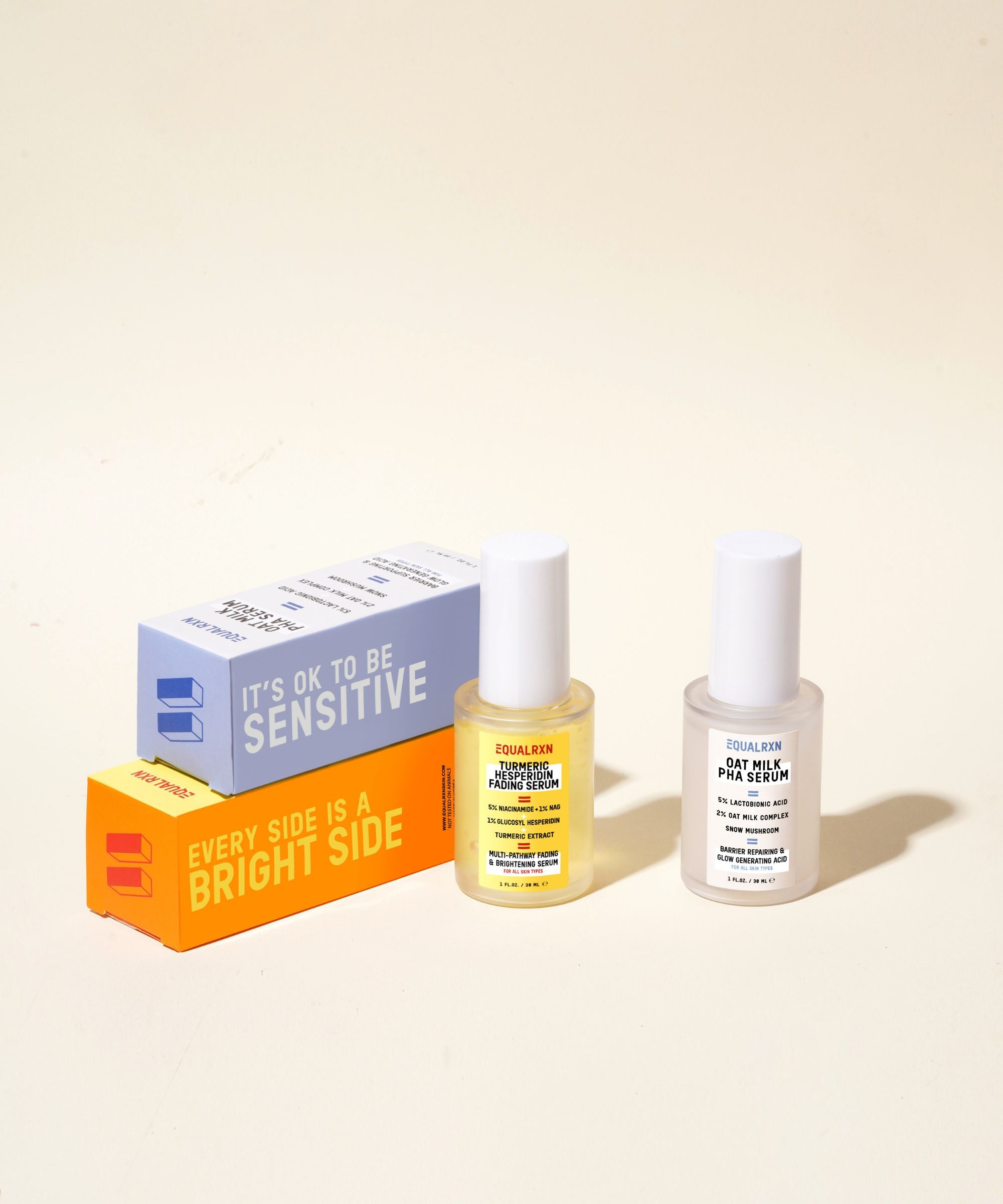
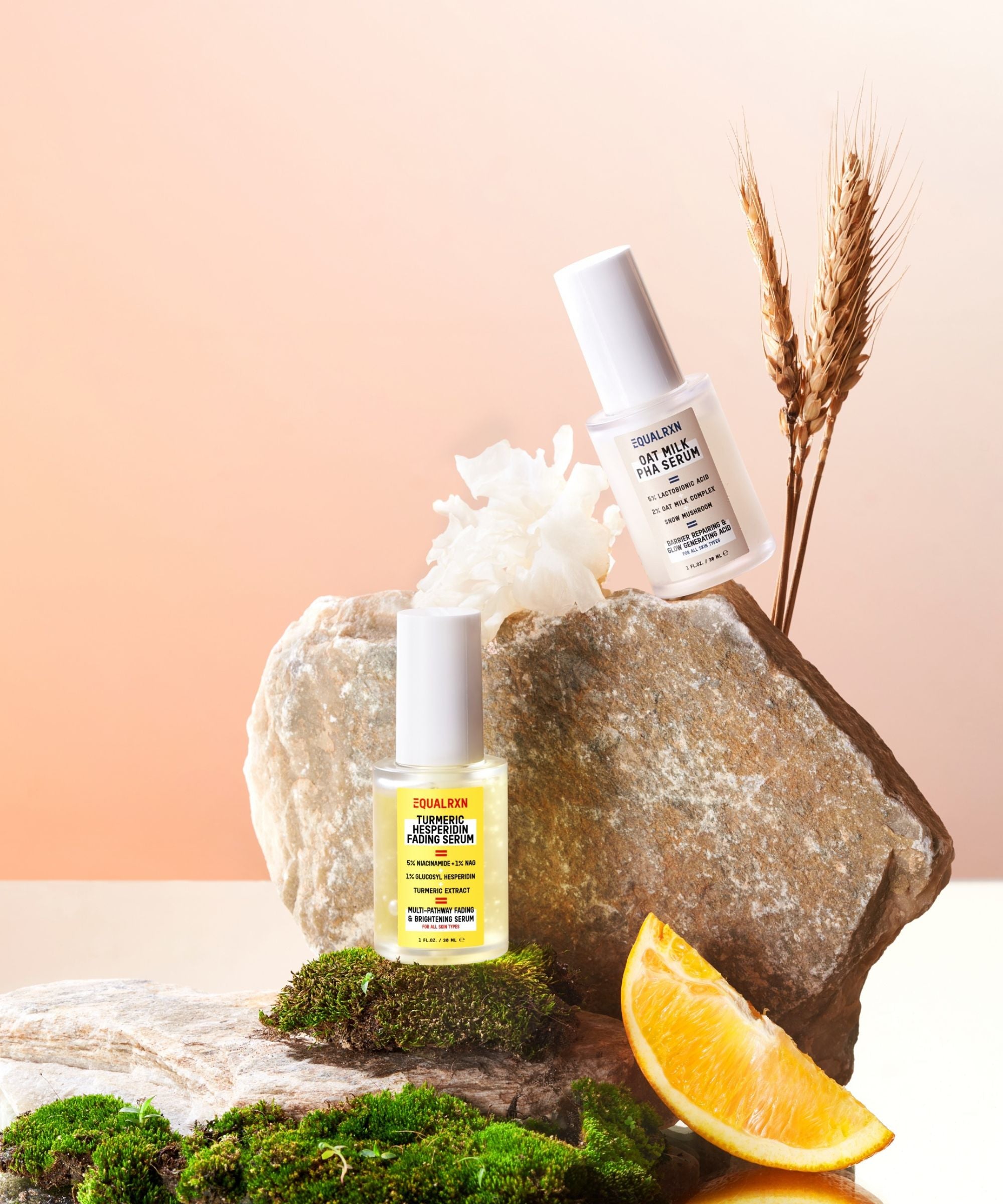
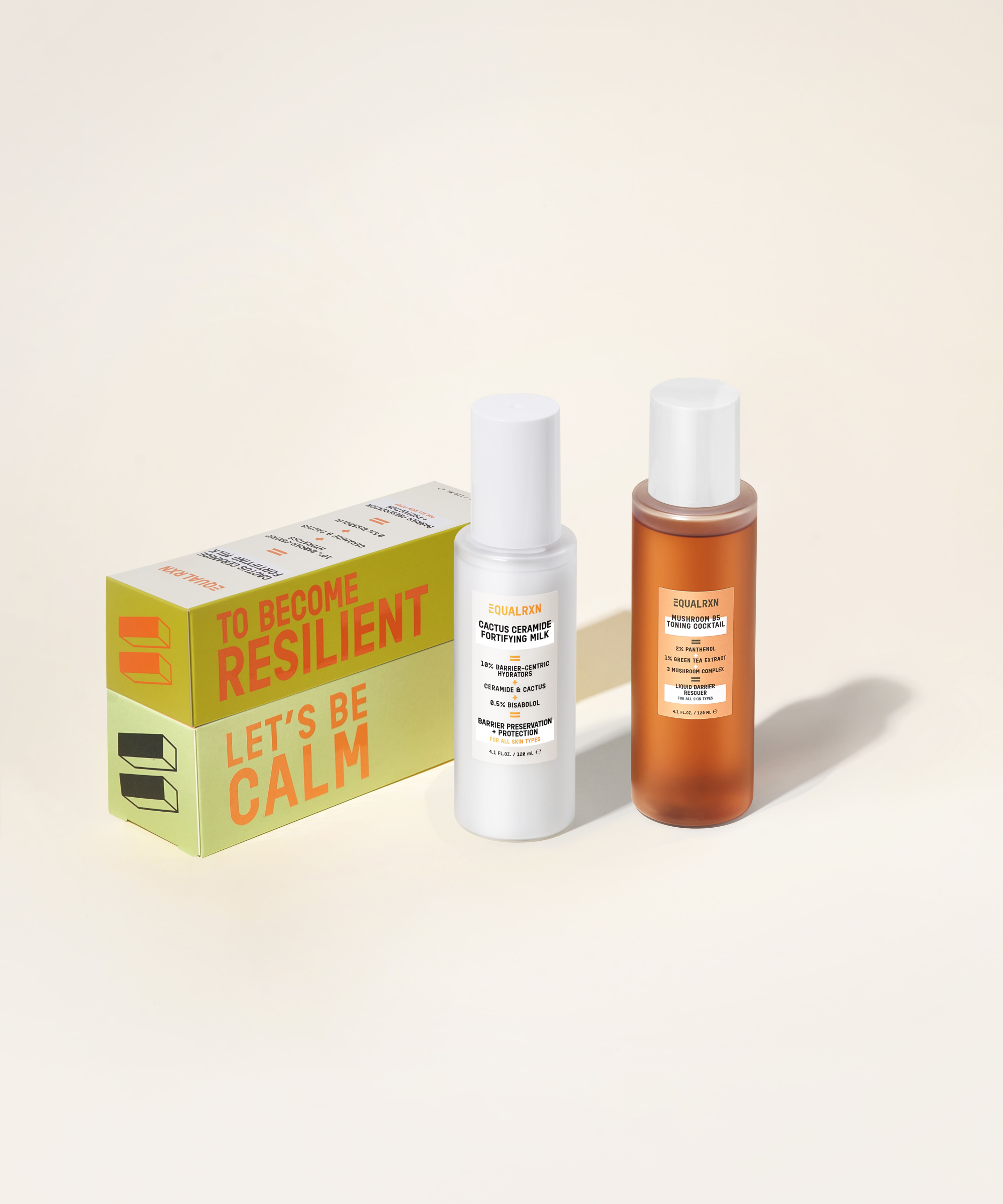
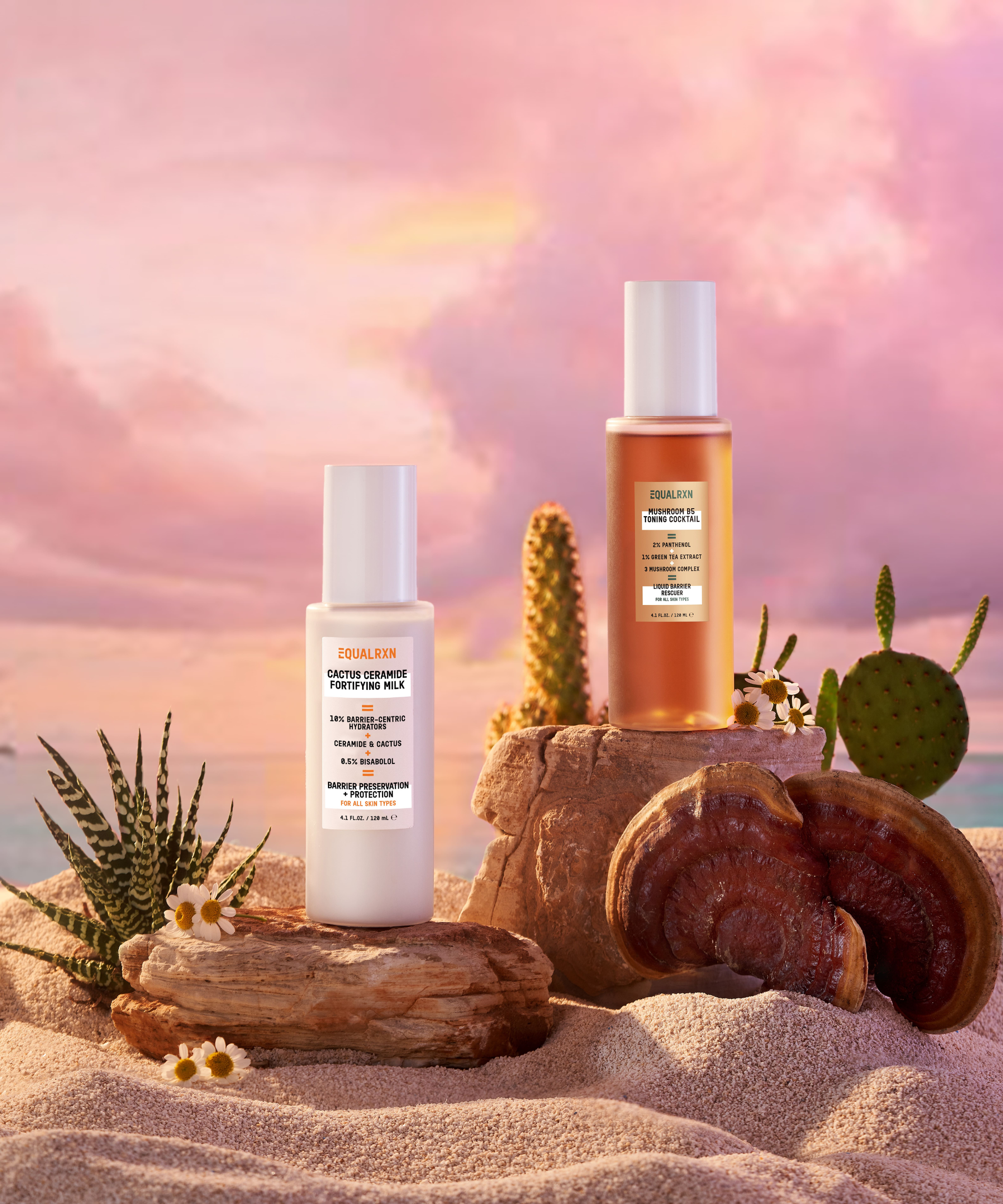

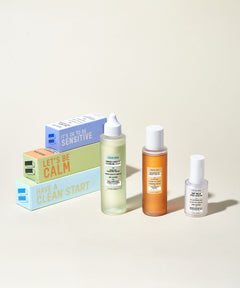
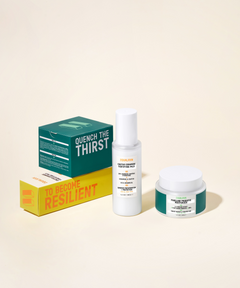
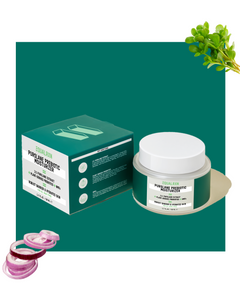
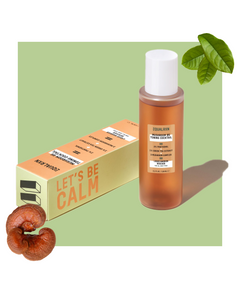


Leave a comment